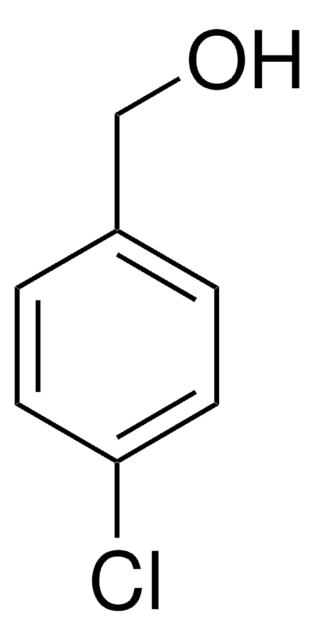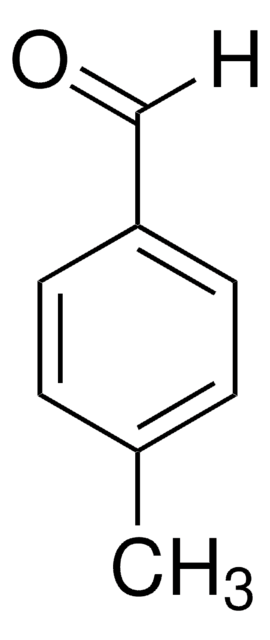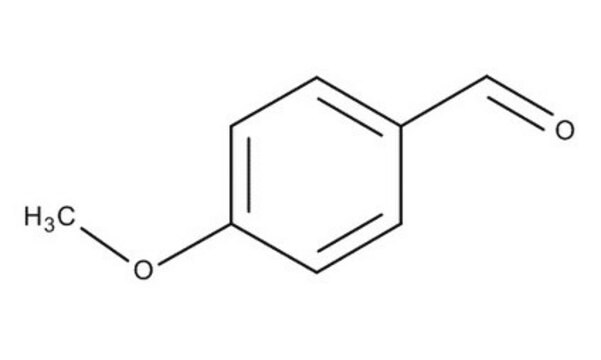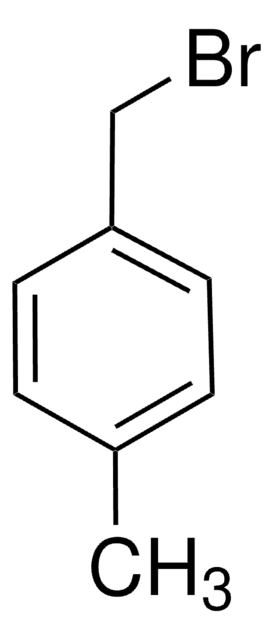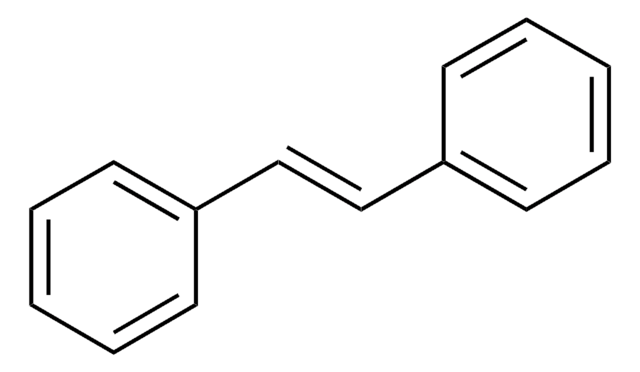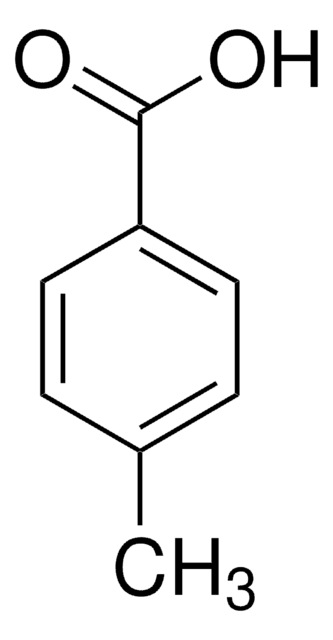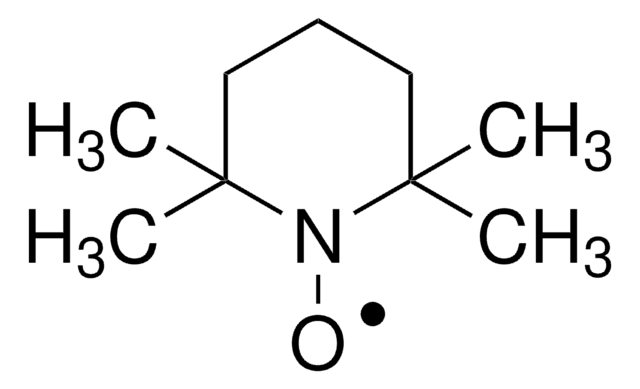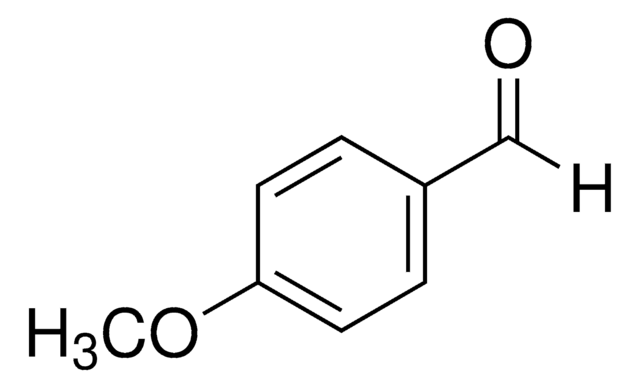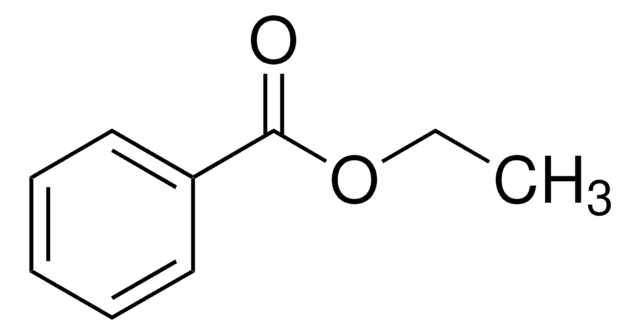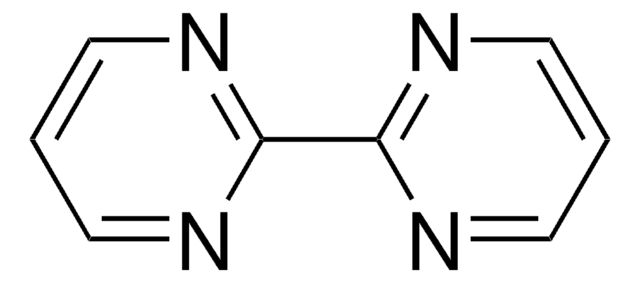Kluczowe dokumenty
127809
4-Methylbenzyl alcohol
98%
Synonim(y):
(4-metylofenylo)metanol, (4-tolilo)metanol, 4-metylobenzenometanol, Alkohol p-metylobenzylowy, p-Tolilometanol, p-Tolualcohol, p-tolilkarbinol
About This Item
Polecane produkty
Poziom jakości
Próba
98%
bp
217 °C (lit.)
mp
59-61 °C (lit.)
grupa funkcyjna
hydroxyl
ciąg SMILES
Cc1ccc(CO)cc1
InChI
1S/C8H10O/c1-7-2-4-8(6-9)5-3-7/h2-5,9H,6H2,1H3
Klucz InChI
KMTDMTZBNYGUNX-UHFFFAOYSA-N
Powiązane kategorie
Opis ogólny
Zastosowanie
Hasło ostrzegawcze
Warning
Zwroty wskazujące rodzaj zagrożenia
Zwroty wskazujące środki ostrożności
Klasyfikacja zagrożeń
Eye Irrit. 2
Kod klasy składowania
11 - Combustible Solids
Klasa zagrożenia wodnego (WGK)
WGK 2
Temperatura zapłonu (°F)
Not applicable
Temperatura zapłonu (°C)
Not applicable
Środki ochrony indywidualnej
dust mask type N95 (US), Eyeshields, Faceshields, Gloves, type P3 (EN 143) respirator cartridges
Wybierz jedną z najnowszych wersji:
Masz już ten produkt?
Dokumenty związane z niedawno zakupionymi produktami zostały zamieszczone w Bibliotece dokumentów.
Klienci oglądali również te produkty
Global Trade Item Number
| SKU | GTIN |
|---|---|
| 127809-100G | 4061832879840 |
| 127809-25G | 4061838725196 |
| 127809-5G | 4061838725202 |
Nasz zespół naukowców ma doświadczenie we wszystkich obszarach badań, w tym w naukach przyrodniczych, materiałoznawstwie, syntezie chemicznej, chromatografii, analityce i wielu innych dziedzinach.
Skontaktuj się z zespołem ds. pomocy technicznej
